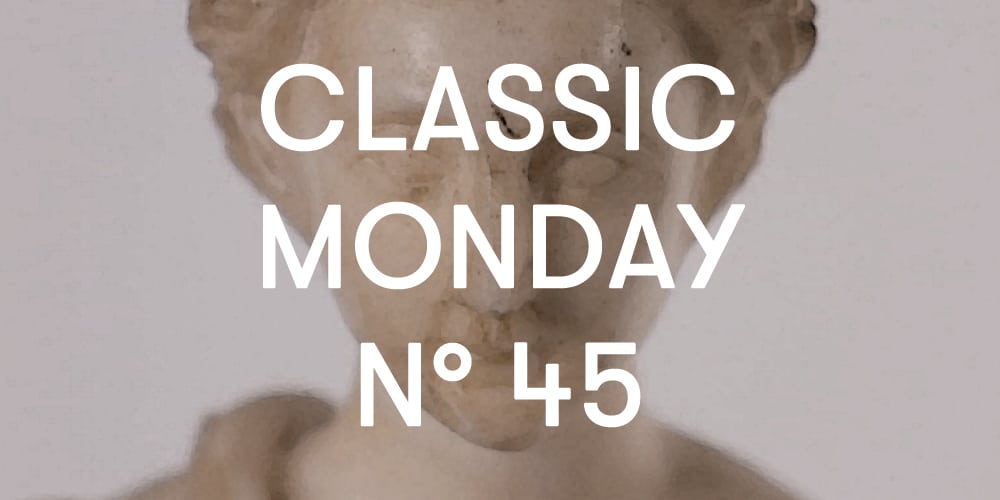
The nineteenth century was among the centuries during which the styles of the past were most recovered and reworked.
One of the most appreciated periods was certainly that of classical antiquity, in reality already resumed in the second half of the eighteenth century with Neoclassicism. As the name already denounces, classical Greco-Roman art was in fact taken as an ideal model, naturally revised according to the representation that had of antiquity in those years. It is in fact now established, thanks to studies of the twentieth century, as the Greek and Roman sculptures were not of white marble or bare bronze, but rather presented a bright polychromy. The archaeological finds of the eighteenth century, however, had brought to light friezes of temples and statues that had lost their original color, and thus giving that image of rigor and elegance that very often is still associated with the ancient Hellenic and Panhellenic world.

With this premise it is obligatory at least to mention Antonio Canova (1757-1822). An artist who with his art wanted to recall this idea of classicism, but at the same time influenced contemporaries with his very personal reading. (here an in-depth analysis on our portal anticonline.net)
The influence of ancient art continued throughout the nineteenth century. Often losing the purity that had distinguished the first events, always proposing elements of the past, but now decontextualized and used as decorative elements.
This is the case of our protagonist today, a small marble sculpture dating back to the mid-nineteenth century, and expression of a late neoclassical taste.

Clear is the reference to Roman statuary, to the representation of the auguste and matrons, women who played an important role in Roman society and politics. The posture and attitude comes from these sculptures; Some details, however, such as the plastic rendering of the drapery, suggest that ours is a small object, a decorative furnishings, albeit intended for a certainly luxurious home.
The female figure is in fact dressed with a long cassock that reaches the feet, but that leaves her breasts uncovered. Certainly the depiction of a woman of high lineage with bare breasts was somewhat unlikely in ancient Rome. Representation not suitable for a distinct woman, this typology is instead accepted and indeed sought after in the nineteenth century. Just think of the most famous example, the Pauline Bourgeois as Venus victorious. Splendid marble work by the aforementioned Canova in which Napoleon’s sister is depicted bare-chested, compared to the goddess of beauty.

Small statuary was certainly widespread in ancient Rome, but linked to a religious dimension. Small sculptures were in fact usual in noble houses, in the so-called larari or votive shrines where lares and penates were venerated. Figures of small dimensions, also derived from the large celebratory statues of emperors or temple deities.
In the nineteenth century this tradition becomes no longer a reason for celebration or veneration of the depicted; The decorative element, although valuable, wants instead to praise the models and cultural references of the owner who exhibits it in his living room, almost like a Renaissance prince collector.















